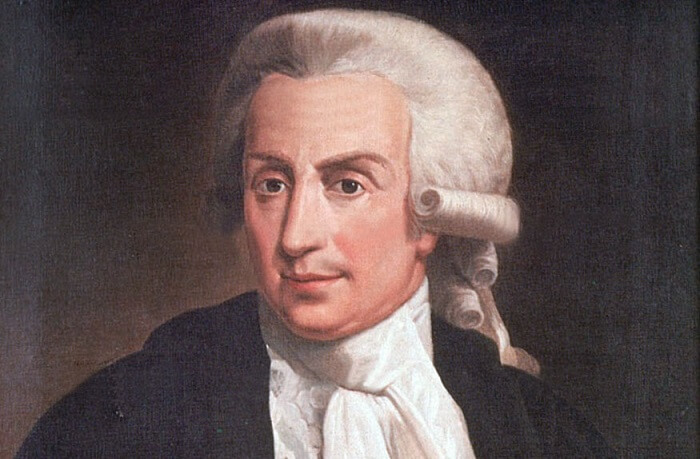Who was Luigi Galvani and what did he do? The life, studies and contributions of famous Italian scientist Luigi Galvani, founder of electrophysiology science.

Source : wikipedia.org
Luigi Galvani; (1737-1798), Italian physiologist, whose researches in animal electricity anticipated the advanced electrophysiology of the 19th century. Galvani was born in Bologna on Sept. 9, 1737. He studied medicine and was appointed lecturer in anatomy at the University of Bologna in 1762. He died in Bologna on Dec. 4, 1798.
While investigating the effects of atmospheric electricity on the muscular response of frogs, Galvani noticed that muscular contractions were induced whenever the moist tissues of the experimental animal were in contact with two different types of metals—iron and copper, for example. In 1791, on the basis of these observations, he stated his theory that animal tissues generate electricity. The metals involved in his experiments, he thought, only served to discharge the animal electricity.
The Italian physicist Alessandro Volta claimed that Galvani’s experimental results were produced by the action of ordinary physical electricity generated outside the animal by the contact of the dissimilar metals. A dispute between proponents of Galvani’s “animal” and Volta’s “contact” theories of electricity lasted for several years, but Galvani was finally proved wrong. Galvani contributed to later knowledge, however, by demonstrating the electrical nature of nerve action. A device for detecting an electric current has been named a galvanometer in his honor.
Facts About Luigi Galvani
- Luigi Galvani was born into a middle-class family in Bologna, Italy.
- Although he originally planned to train for the priesthood, he entered the University of Bologna in 1755 and studied medicine and surgery.
- He received his doctorate and degree in philosophy in 1759, and became the university’s anatomist in 1762.
- In 1776, he became a teacher of anatomy at the Academy of Sciences, where he used autopsies and models in his studies.
- One of his responsibilities was to submit a research paper to the Academy each year for publication in the Academy’s periodical.
- In his first experiment in electrophysiology, he noticed that the legs of a dead frog kicked when an electric current was applied to the sciatic nerve.
- He was the first researcher to understand that there is a relationship between electricity and life.
- Alessandro Volta, professor of experimental physics at the University of Pavia and inventor of an early battery, echoed Galvani’s experiments.
- Volta disagreed with Galvani’s assessment that the electric current was unique to the frog’s body and built the first battery to disprove Galvani’s theory.
- In 1797, the French established the Cisalpine Republic and required professors to swear allegiance to the new government. Galvani refused and left his position and all financial support. He moved in with his brother in Bologna and died in poverty.
- Mary Shelley cited Galvani’s experiments as part of the background for her novel Frankenstein.
- Galvani’s name persists in many contexts, including galvanometer and galvanic cell.